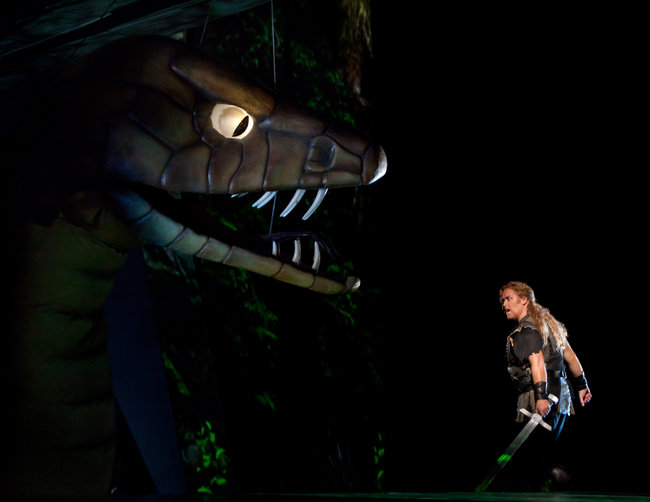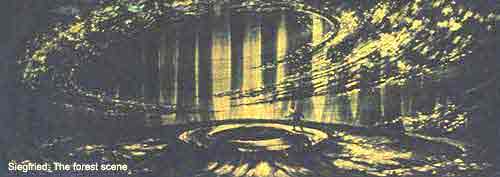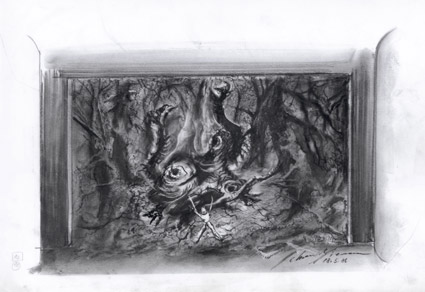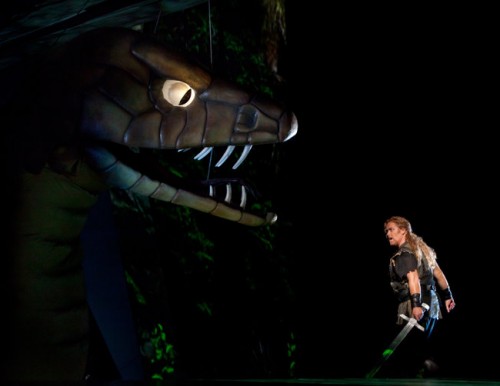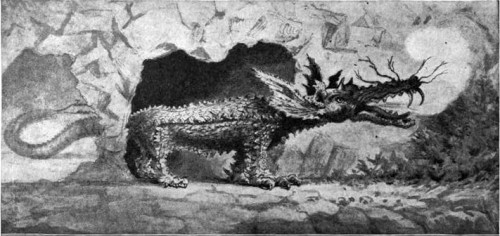The following is the second portion of an article which first appeared in the New York Sun in 1912. The first part can be read here.
If the property master should take a notion to lose himself among the bewildering objects under his care he could stay lost as effectually as Charlie Ross. He wouldn’t even lack for victuals and drink if certain operas were put on often enough and he could get at the eatables before the artists saw him. In “Donne Curiose,” for instance, there’s enough food provided to make a fairly good meal if a person’s appetite isn’t too grasping. Not a very filling diet perhaps, but what there is of it is first class.
In the first act Scotti gets a dish of perfectly good ice cream; while in the last act the four inquisitive ladies swipe real cakes off Harlequin’s tray. The opera company buys these latter dainties from one of the best caterers in New York and pays 84 cents a dozen for them.
After Harlequin has been robbed of his pâtisserie he again raids the supper table and reappears with a saucer of white stuff which he spoons down with much gusto. This is whipped cream from charlotte russe, bought for this particular incident.
There is also a beauteous cake from which a large slice is apparently cut. The cake if of papier mâché, a permanent institution with a wedge opening into which a slice of real cake is inserted when the opera is to be given.
In the first act of “Madama Butterfly” Martin and Scotti are the gay boys with their real whiskey and soda and cigarettes, all furnished by the benevolent property department. That sounds good to some folks, but there are even more joyous occasions in certain operas, when the company tickles the palates of the pampered singers with genuine champagne.
A fine imported brand.
In “La Tosca” Scarpia looks as if he were having a square meal when he dines apparently on a thick beefsteak. But for once these culinary appearances are deceitful. Beefsteak cannot be stowed away as fast as the exigencies of a star part in grand opera demand. Consequently Scarpia’s beefsteak is only gingerbread, trimmed to a tenderloin design and garnished with parsley. Although the stake is only gingerbread, the wine that sends it on its way is excellent claret.
This combining of victuals and vocalization is not a task which any singer relishes. When the property man was asked whether the artists ever express a preference for a particular brand of wine or whiskey and whether the ladies insist on some favorite kind of cakes or candy—there is confectionery in “Butterfly”—he said they hadn’t got quite so finicky yet.
“We give them the best of everything,” he said. “They ought to be satisfied.”
This article will continue in a later post. It was originally published in the New York Sun, February 25, 1912, page 16.

